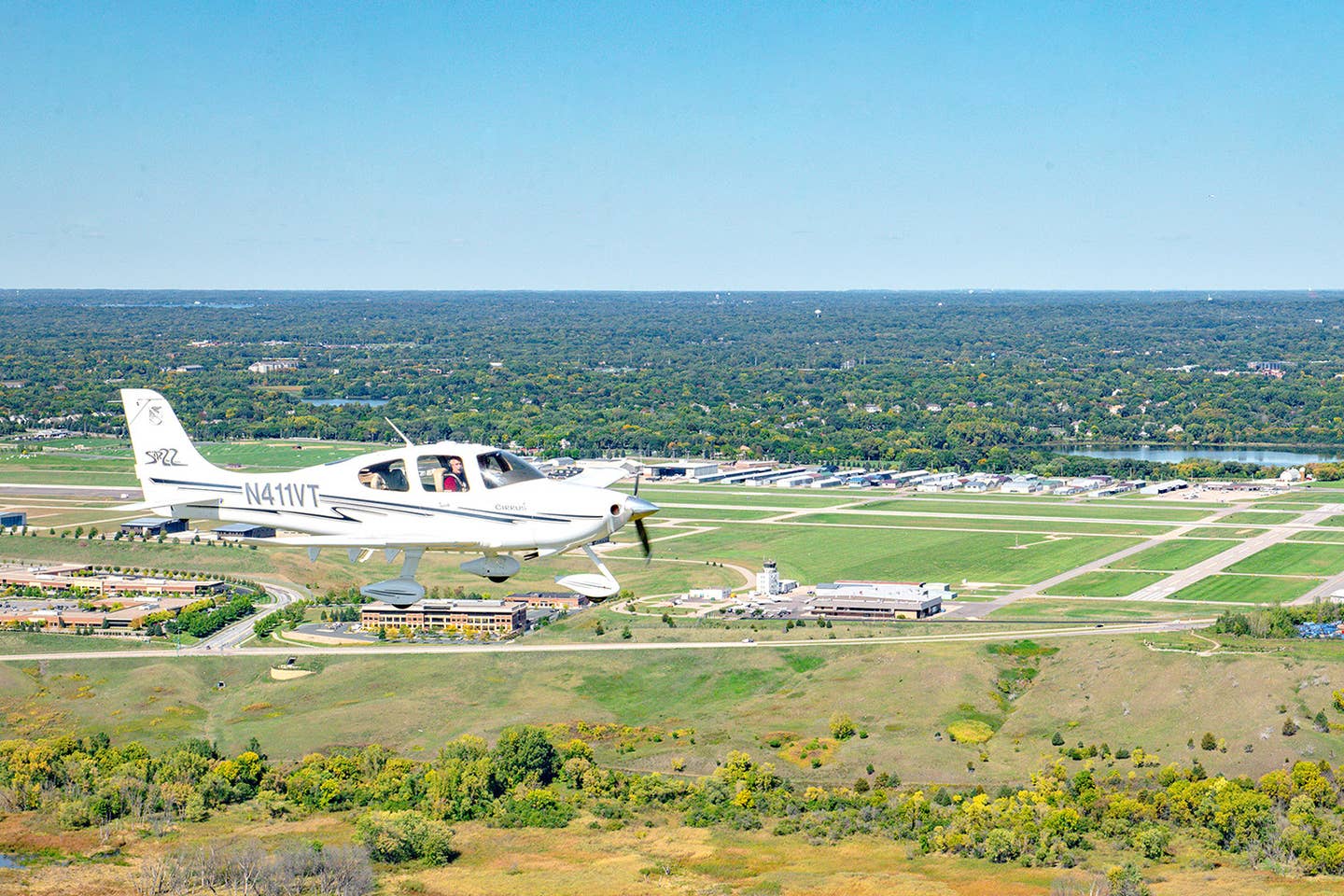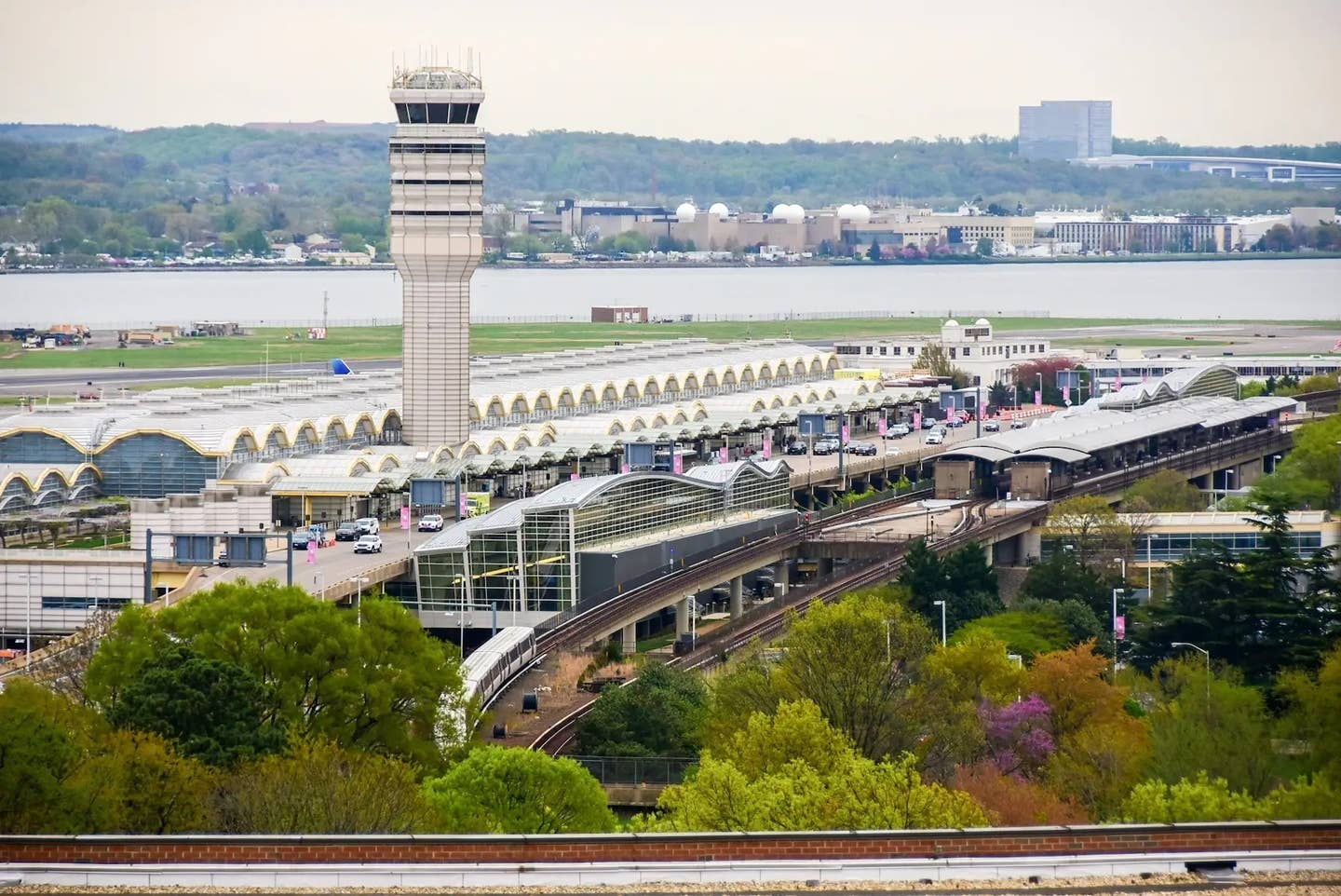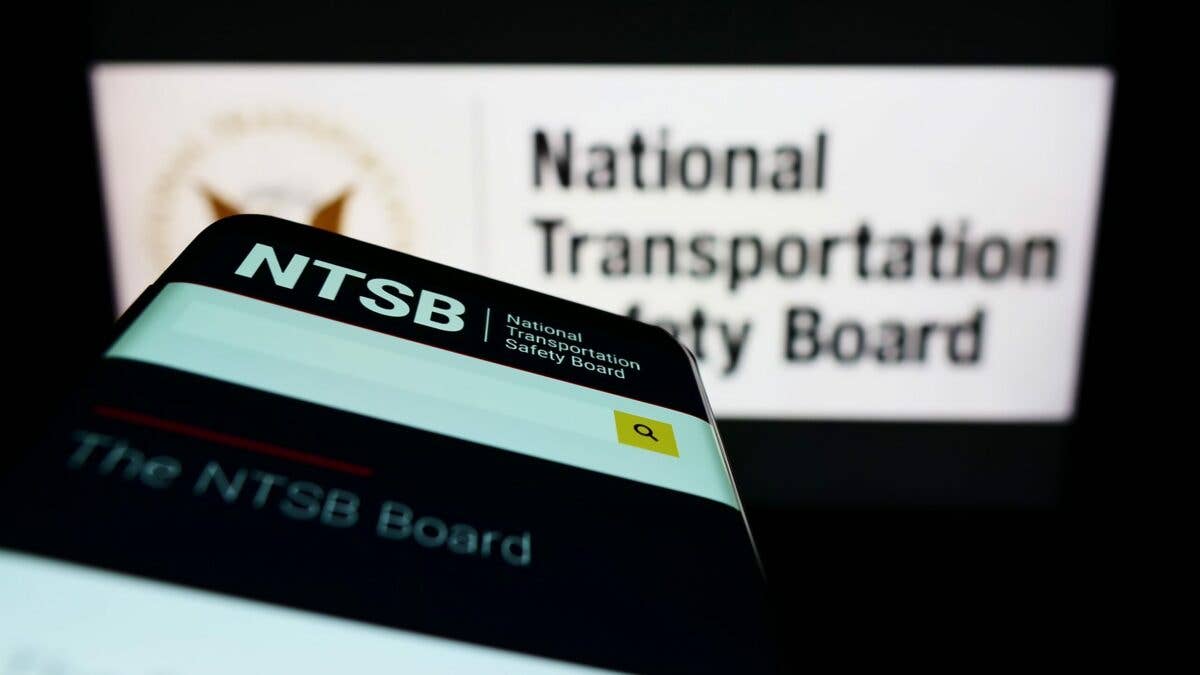Flying Cloud Airport Officials Seek Pilot Input in Facility’s Future
Busiest GA airport in the Minneapolis region is considering the relocation of its air traffic control tower.

The Metropolitan Airports Commission invites the public to attend an open house to learn about the draft 2040 long-term plan for Flying Cloud Airport. [Courtesy of the Metropolitan Airports Commission]
The Metropolitan Airports Commission (MAC) in Minnesota has opened a 45-day public comment period for its 2040 long-term plan for Flying Cloud Airport (KFCM) in Eden Prairie, its busiest GA airport.
One of the items to be considered is the relocation of the air traffic control tower. The present tower, built in 1963, is located on the west side of the airport.
According to an outline from the MAC, the concept proposes moving the tower to "a more central location on the airfield that maximizes safety and operational efficiencies."
Flying Cloud covers 860 acres and has a part-time, FAA-operated control tower. The airport is home to more than 420 aircraft.
Last year, the airport recorded 132,744 takeoffs and landings. The Class D airport is approximately 13 miles southwest of Minneapolis and sits beneath a shelf of Class B airspace.
The plan under development is a 20-year framework for development at the airport. The planning process began in 2022 with an assessment of existing airfield facilities and aviation activity forecast analysis through 2040. Implementation of any development will have to be approved by the FAA.
“This plan is our guide to enhance airport safety while accommodating future demand from the various users at Flying Cloud,” said Bridget Rief, the MAC’s vice president of planning and development. “The plan also seeks to explore development opportunities that support both aeronautical and non-aeronautical uses.”
The airport sports three runways: 18/36, measuring 2,690 by 75 feet, and parallel runways 10R/28L, measuring 5,001 by 100 feet, and 10L/28R, measuring 3,901 by 75 feet. According to Airnav.com, Runway 10L/28R is closed when the control tower is not in operation.
The MAC stressed that there are no plans to modify runway lengths or locations. However, it is on the docket to enhance runway safety by installing Engineered Material Arresting System (EMAS) beds on both ends of the primary Runway 10R-28L.
“Flying Cloud is the busiest general aviation airport in the MAC system, and it provides an important base for business aviation, flight training, recreational flying and other services,” said Joe Harris, director of reliever airports for the MAC. “[The long-term plan provides ] foundation for strategic improvements that benefits users and balances the needs of surrounding communities.”
Seeking Public Input
The airport commission will hold an open house for the public to learn about the proposed long-term plans and provide input. The meeting will be on March 4 from 4:30-6 p.m. CST at Hennepin Technical College’s Eden Prairie campus at 13100 College View Drive.
The draft of the Flying Cloud 2040 long-term plan is available here. There is additional information about the planning process and a link to submit public comments.
Written comments will be accepted until 5 p.m. on April 4.
The MAC said that the draft plan is just an outline of potential airport projects. Once the plan is fully approved with FAA and local official sign-off, any construction plans will have to go through an environmental review process, and there will be a vote on separate budget actions to formally approve specific projects before any construction can begin.
The airport has been serving pilots of Minneapolis-St. Paul since 1941, first as a grass landing strip owned by a farmer named Martin Grill. Like so many civilian landing strips, the grass runway was utilized by the military during World War II when U.S. Navy “nuggets”—U.S. Navy slang for student pilots—flew approaches there.
When the war ended and the Navy didn't need the runway anymore, Grill sold the land to Ken Osterberg and W. Beadie of American Aviation Inc., which developed it into a municipal airport. In 1948 American Aviation sold the airport to the MAC, which continued to develop the property as commercial aviation was rapidly in the postwar world.

Sign-up for newsletters & special offers!
Get the latest FLYING stories & special offers delivered directly to your inbox






